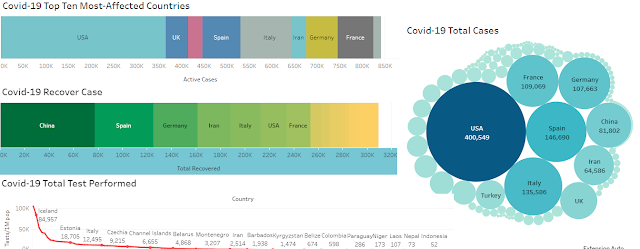The common types of features and functionality
- ETL
- Data Mining
- Data Source
- Visualization
- Predictive Analytics
- Dashboard
1. ETL
ETL stands for Extract, Transform and Load. And it is the accepted way for organizations to link data from multiple systems into a database, or a data warehouse.
Learn More: Informatica
Learn More: Informatica
ETL Process:
 |
2. Data Mining
Data mining is a process used by an organization to collect raw data into useful information using software to look for patterns in large batches of data.
Data Mining Process:
 |
3. Data Source
A data source is the location from which the data being used originates, or is being retrieved from, the physical location. like from any local drive, or server.
4. Visualization
Visualization is the technique of presenting data in the form of pictures of diagrams or animations to communicate a message. Which gives an opportunity to understand ideas and business through visual imagery.
Visualization:
5. Predictive Analytics
Predictive analytics is the use of statistics and modeling techniques to determine future performance based on current and historical data, so that we can understand business analytics and give a turnaround to the business.
6. Dashboard
Data visualization tool that tracks, analyzes and displays KPIs, metrics and important data points in one place.


Comments
Post a Comment